







Being able to auditorily recognize rhyming words is an integral part of a child’s phonemic awareness. Phonemic awareness is the ability to hear, identify, and manipulate individual sounds-phonemes–in spoken words. Phonemic awareness is important because it improves students’ word reading and comprehension while helping students learn to spell.
Incorporating rhyming and various sound activities at home can help your child develop a strong sense of phonemic awareness. These can be simple activities that you can do together in the car on the way to school or to the grocery! Have fun!





We used a flashlight today as a pointer during small groups to play I spy. I spy a word with three letters….I spy a word with the ending sound /p/…I spy a word that rhymes with cake.
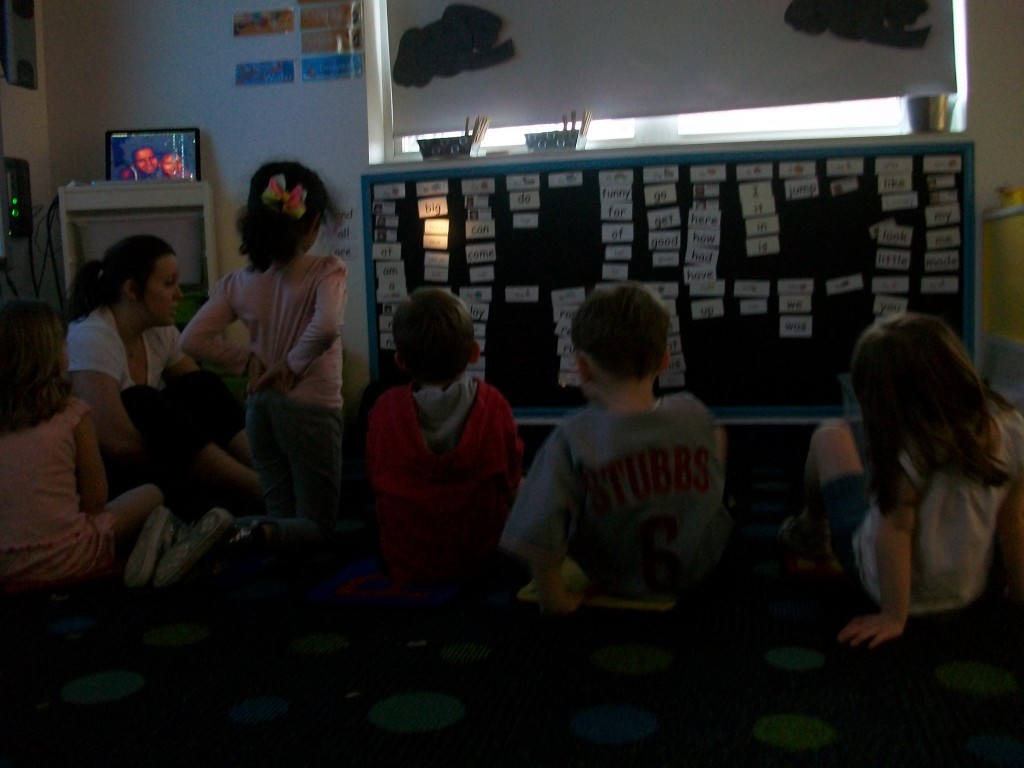
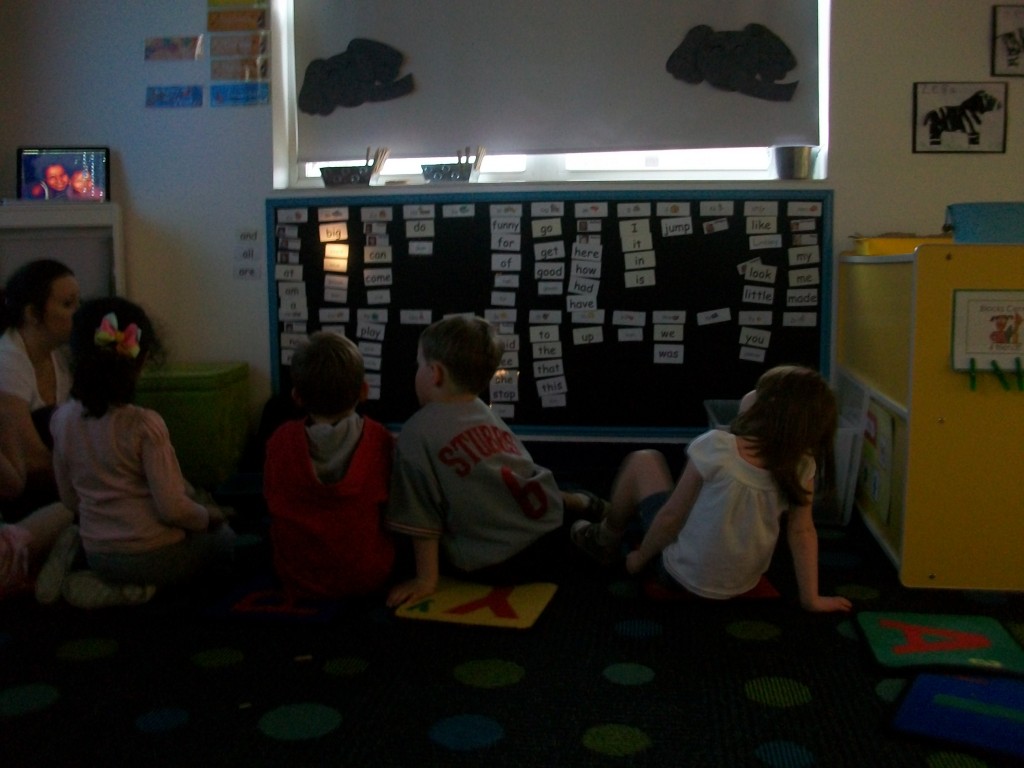
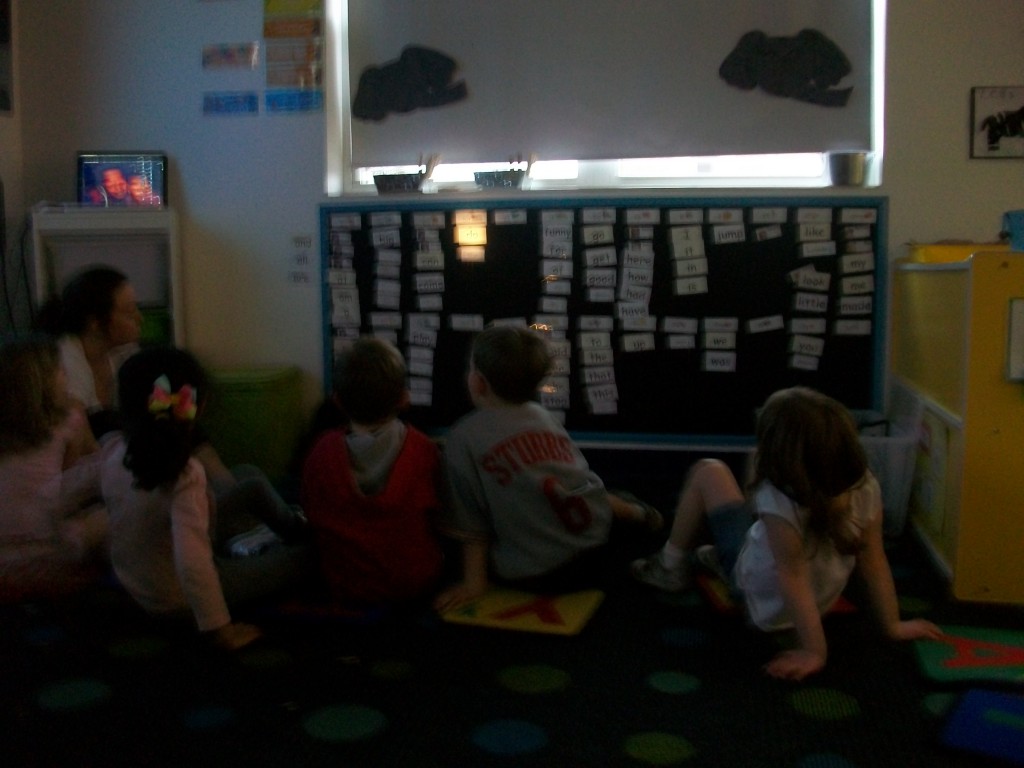
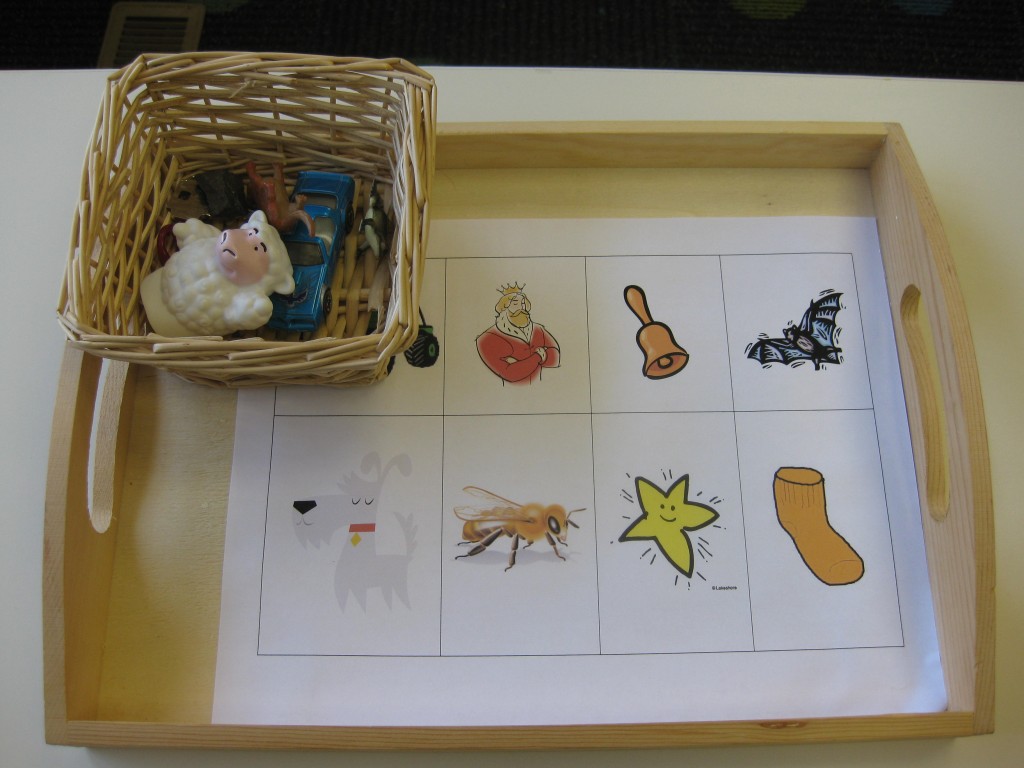
Rhyming Game at Our Literacy Center
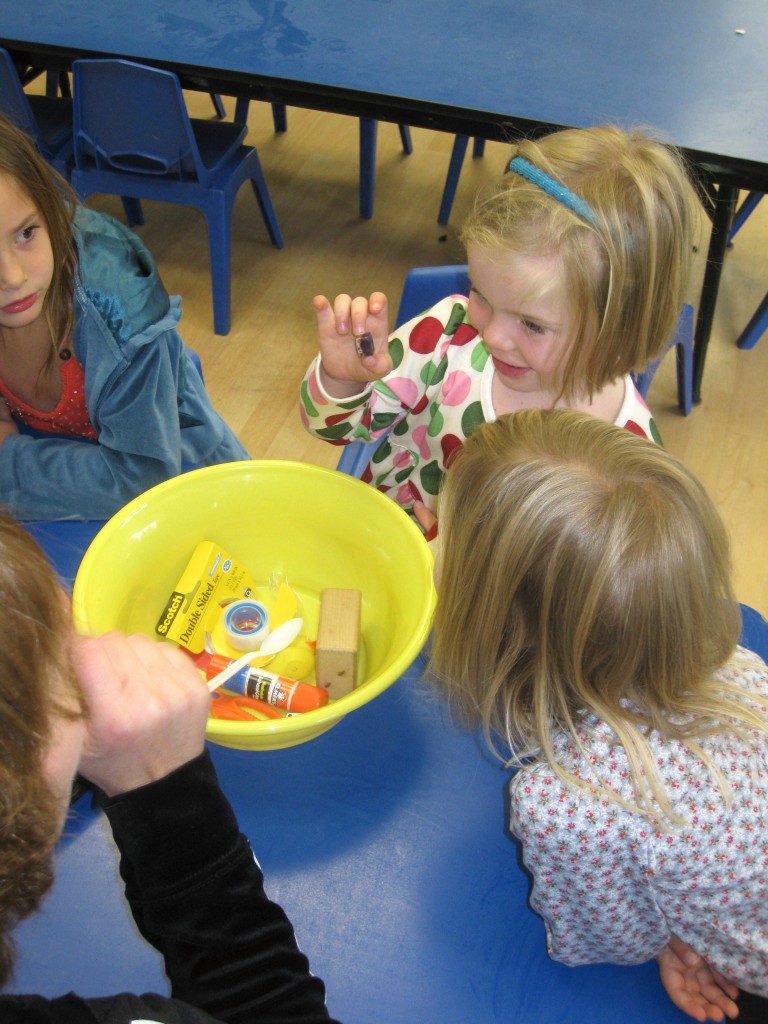
Block-Rock
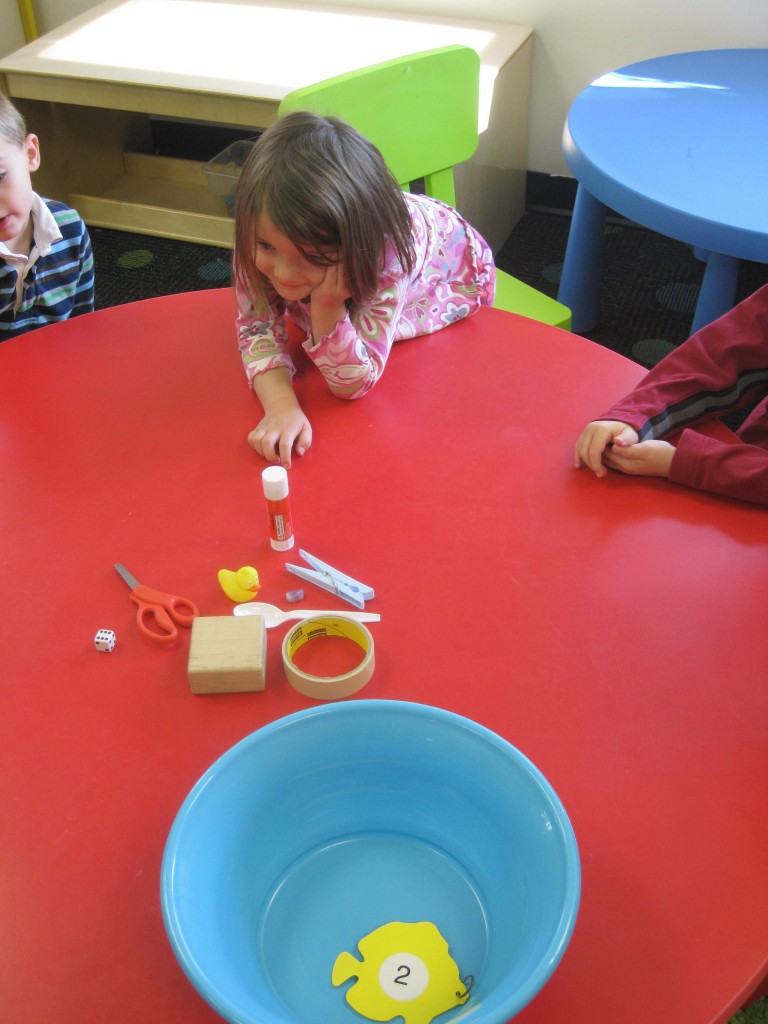
Truck-Duck
We introduced the topic of rhyming last week in Preschool. Rhyming is a tougher concept to learn than many people think. Some children pick up on it very quickly while other need a lot of practice. We played a rhyming matching game in small groups and the children now have the opportunity to play the game independently at the Literacy Center during free choice time.
Why do we teach rhyming words? Of course they’re fun to say, but the concept provides educational benefits as well. Learning word families that sound and end the same help with decoding words in text as your child begins to read. If a child knows the word “cat” and she understands word families (or rhyming words), she will likely be able to figure out words such as hat, sat, bat and mat as she reads. Preschool is a wonderful time to introduce the concept of a rhyme so that later when word families are introduced, the concept will be easily understood.
Picture books with rhyming patterns are easy to find on the shelves of the library and offer a fun way to introduce the concept of rhyming. As you read the book to your child, emphasize the rhyming words. After you have read the book, mention that it contains pairs of words that sound the same. After rereading the first line with rhyming words, ask your kids to identify the pair that sounds the same. Continue reading, asking them to listen for rhyming pairs. A stop sign cut from red construction paper is a fun way for them to let you know they hear a pair. When they hear two words that sound the same in the text, the stop sign goes up so you can identify the pair. Here are some Books that are full of rhyming words to get you started:
Your librarian can suggest more rhyming books that are at the correct age level for your children.

Creative Tots has specialized in the private education of both toddlers and preschool age children for over 15 years. We began in the heart of Madeira and now also have a new Mason location. We are specifically designed to focus on early childhood development for children ages 18 months to 5 years.

Click below to learn more about our program offerings:
